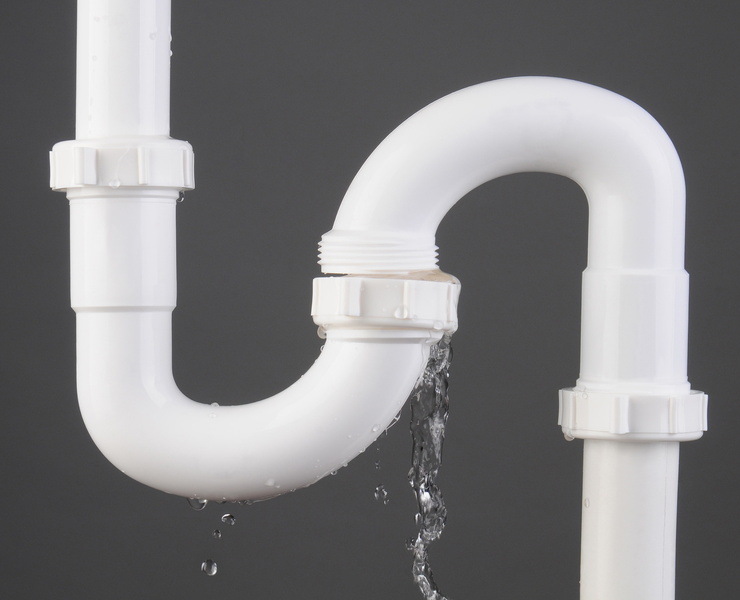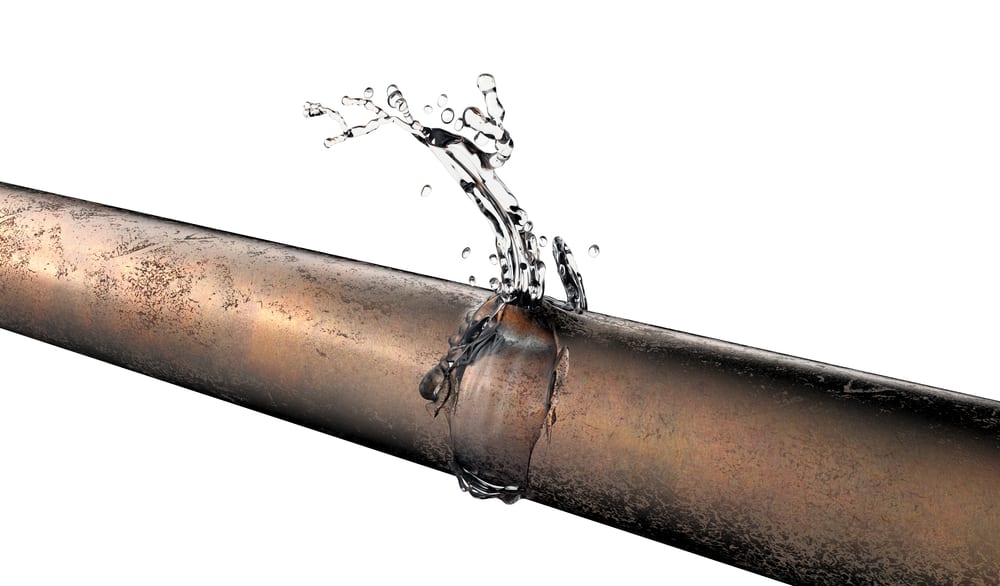Just how to Locate and also Repair Service Water Leaks-- A Comprehensive Overview
Just how to Locate and also Repair Service Water Leaks-- A Comprehensive Overview
Blog Article
What're your thoughts on Hacks to detect leaks?

Early discovery of dripping water lines can alleviate a prospective catastrophe. Aside from conserving you money, it will lessen the worry and also stress. The minute you find a leakage, calling your plumber for repair services is the very best solution. Nonetheless, some small water leaks might not show up. Below are some hacks that assist if you can not discover it with your nude eyes.
1. Examine the Water Meter
Inspecting it is a proven way that assists you uncover leaks. If it moves, that indicates a fast-moving leak. This implies you might have a sluggish leak that might even be underground.
2. Examine Water Intake
If you find sudden modifications, in spite of your usage being the exact same, it implies that you have leaks in your plumbing system. A sudden spike in your bill indicates a fast-moving leak.
A steady increase every month, also with the very same routines, reveals you have a sluggish leak that's also gradually rising. Call a plumber to completely inspect your residential property, particularly if you feel a cozy area on your flooring with piping below.
3. Do a Food Coloring Examination
30% comes from commodes when it comes to water usage. Test to see if they are running properly. Drop flecks of food color in the tank and also wait 10 mins. There's a leak in between the storage tank and dish if the color in some way infiltrates your dish during that time without flushing.
4. Asses Exterior Lines
Don't neglect to check your outdoor water lines also. Should water leak out of the link, you have a loosened rubber gasket. One tiny leakage can squander bunches of water as well as surge your water costs.
5. Evaluate the scenario and examine
Home owners should make it a practice to inspect under the sink counters and even inside cupboards for any type of bad odor or mold and mildew development. These two red flags suggest a leakage so punctual focus is required. Doing routine evaluations, even bi-annually, can save you from a major trouble.
If you know your home is already old, keep a watchful eye on your heaters, hoses, pipelines etc. Look for discolorations and compromising as many pipelines as well as appliances have a life expectancy. They will likewise naturally wear away because of tear and put on. If you think dripping water lines in your plumbing system, don't await it to escalate. Call a professional plumber right now so you don't end up with an awful mess in your home.
Early discovery of leaking water lines can mitigate a possible catastrophe. Some small water leaks might not be noticeable. Checking it is a surefire method that assists you discover leakages. One tiny leakage can lose lots of water and increase your water expense.
If you presume leaking water lines in your plumbing system, do not wait for it to intensify.
How to Know If Your Home Has a Hidden Leak
Water Meter Reveals Inexplicable Water Usage
If you’d like to test whether or not there’s a leak somewhere in your home, you can do this using your water meter. Here is how to conduct the test:
Don’t use any water in your home for at least 30 minutes; this also means not turning on faucets or water-using appliances.
Go outside, and check your water meter for activity.
If your water meter shows that there was activity, even though no one was using any water, this proves that there is a leak in your home.Visible Mold or Mildew Growth
Leaks behind walls create moist, dark environments that allow mold and mildew to grow and thrive. Eventually, you might see mold growth forming on the wall closest to a hidden leak.
If mold is growing in an area that receives a high amount of moisture, such as a bathroom, it may simply be an indication that better ventilation is needed. However, if you see mold growth on a wall or the ceiling in an area where you would not expect, you probably have a hidden leak.
Musty, Mildew Odor
Sometimes you might not be able to see the mold or mildew that is growing as a result of a leak. However, the smell can give the problem away just as easily. If you catch a whiff of something musty, there’s a good chance that old water is collecting somewhere in your home that you can’t see.
Stained/Warped Walls, Ceilings, or Floors
When your home soaks up water, a variety of red flags can become visible, including ceiling stains, bubbling drywall, warped walls, and sagging floors. While these issues can be caused by excess humidity, they can also be signs that a pipe or plumbing connection has started leaking behind your walls.
Inexplicably High Water Bill
After a while, you get a general sense for what your water bill should be. If you own a pool or sprinkler system, your bill will tend to be higher during summer. However, if you receive a water bill that seems especially high, and you can’t figure out what caused it, then you may have a hidden leak somewhere that’s increasing your bill.
https://www.plumbingjoint.com/blog/2019/july/how-to-know-if-your-home-has-a-hidden-leak/

Do you like more info about Leaking water lines? Try to leave a remark down the page. We would be interested to know your thoughts about this content. We hope that you visit us again before long. If you enjoyed reading our page plz remember to pass it around. We recognize the value of reading our article about Detecting hidden plumbing leaks.
Report this page